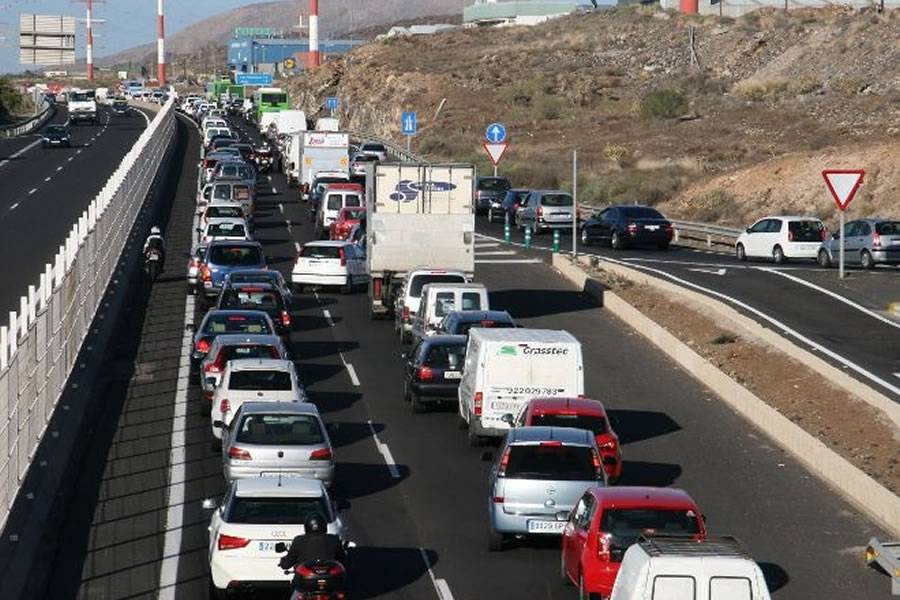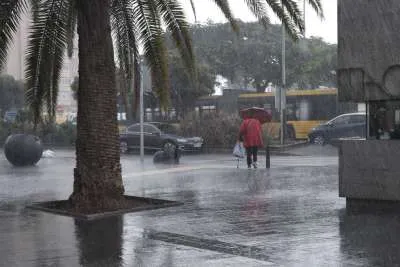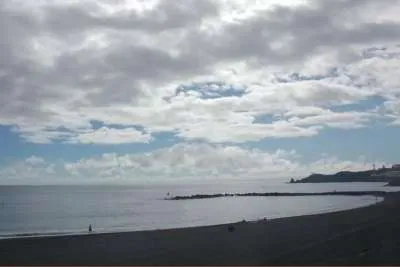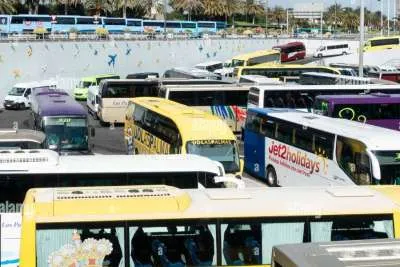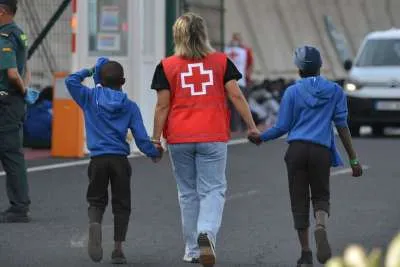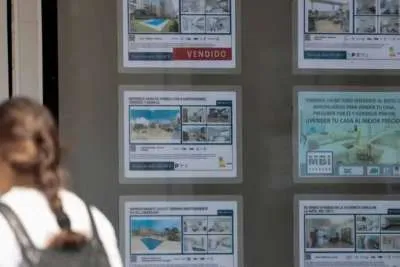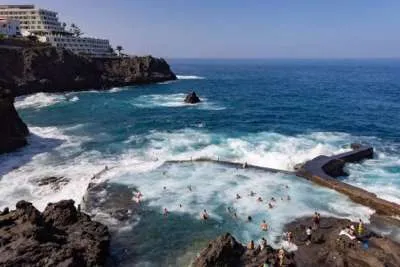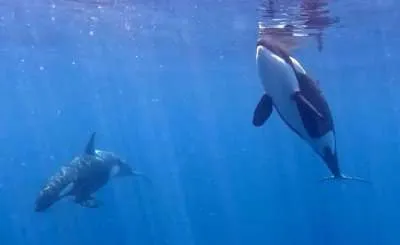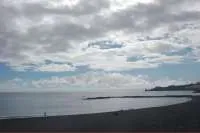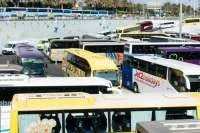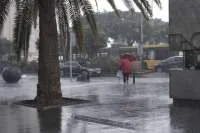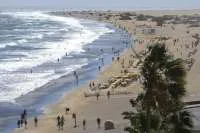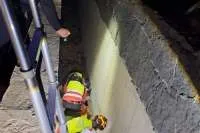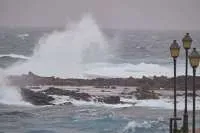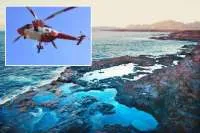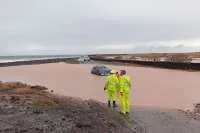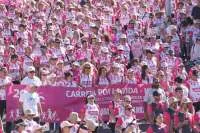The population in the South of Tenerife has almost doubled in 20 years
- 28-06-2022
- Tenerife
- Canarian Weekly
The south of Tenerife, which is measured from Candelaria to Santiago del Teide, has experienced a huge increase in population so far this century, almost doubling the number of residents in the 12 municipalities that make up the south, causing concern and debates about insufficient infrastructures among politicians.
According to data from the National Institute of Statistics (INE), the increase in residents in these municipalities since 2002 has been almost 120,000 from 188,899 to 306,332 people, but this doesn’t take into account those who are not registered or the almost 15,000 visitors that the tourist municipalities receive a day, which would make it double the amount.
This overpopulation is starting to worry politicians in the south who are demanding more services and better infrastructures including housing, roads, hospitals, car parks, etc.
"When a ship is overweight it sinks, and this can happen to the Island," warns the mayor of San Miguel de Abona, Arturo González, whose municipality has gone from 9,174 inhabitants to 21,827 in twenty years. “One thing is to diagnose and another is to give an antidote.”
He says that the Canary Islands parliament needs to debate overpopulation seriously because there are not enough water resources in Tenerife to keep up with this rate of growth.
This growth in the South, which has been contained in the last two years due to the pandemic, has mainly happened due to the increased number of foreign residents, particularly from Italy, with more Italians living in the south of Tenerife than any other non-Spanish nationality.
There are also a higher number of family members of Canarians from Venezuela, many of whom do not appear in the census of foreigners as they have dual nationality, and the same happens with many Argentinians, Colombians, Cubans and Uruguayans, also very numerous in the south of the island.
Thanks to migration, the Canary Islands saw the population grow by 0.36% in 2021 reaching the figure of 2,252,465 inhabitants, because the number of deaths in the islands continues to outweigh the number of births, which have continued to fall since 2010.
In 2010, there were 20,117 births in the Canary Islands but last year there were only 12,703. When you consider there were 17,718 deaths in 2021, it meant a negative natural growth of -4,475 people. However, there were also 12,702 migrants to the islands which caused the overall increase in population.

GROWTH IN TOURIST TOWNS:
Since 1970, when tourism started in the south of the island, the South has not stopped growing. Many left their families in the North or in La Gomera to move to Granadilla, Arona, Adeje or Guía de Isora for work, although some come from other towns in the South or the metropolitan area, but the vast majority are foreigners.
The lack of training of the Canarian population, especially in languages, has allowed the massive arrival of foreign workers, both European and South American, while Asian citizens (Chinese and Indians) have taken over a large part of the retail trade, together with the multinational chains, changing the South from being ‘secret’ Tenerife to becoming the economic engine of the Island.
Within this population growth, it is worth highlighting the huge increases in Adeje and Arona, who now have over 48,700 and 82,500 registered residents respectively; although the Rona City Council claim there are almost 100,000 in their municipality.
Two other tourist municipalities, Guía de Isora and Santiago del Teide, have grown more moderately, while Granadilla de Abona and San Miguel de Abona are also leading the growth, especially in the last ten years, basically because they have become residential centres thanks to tourist work in the south and a lack of affordable housing in other municipalities.
Only one town in the south has lost inhabitants over the last twenty years, Vilaflor de Chasna, the least populated of the 31 Tenerife municipalities with 1,715 inhabitants.
José Julián Mena, the mayor of Arona, which is the most populated municipality in the South, said, when asked about curbing the population, that “both migration and border policies are not among the municipal powers. What is certain is that the South has experienced an exponential increase in its population in the last two decades, while maintaining almost the same level of services.”
“We have entered the 21st century with infrastructures and services of the 20th century. We see this not only on the roads and in mobility as a whole, but also in the demands that we have been making since 2015 for the completion of a hospital with the complete portfolio of services for the South Region, plus new educational centres and health centres”.
Other articles that may interest you...
Trending
Most Read Articles

Featured Videos
A Vision of Elvis Tenerife Promo
- 10-05-2025
TEAs 2025 Highlights
- 17-11-2025


